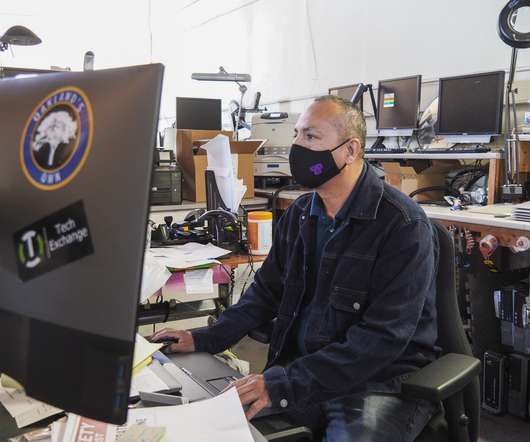Edtech Reports Recap: Video Is Eating the World, Broadband Fails to Keep Up
Edsurge
NOVEMBER 30, 2020
The broadband gap isn’t only a problem for remote learning. That Broadband Gap Bar? schools had high-speed broadband connections. Well, that was at the Federal Communications Commission’s 2014-15 short-term target of 100 Kbps per student for using tech in the classroom. All in this Edtech Reports Recap.




























Let's personalize your content